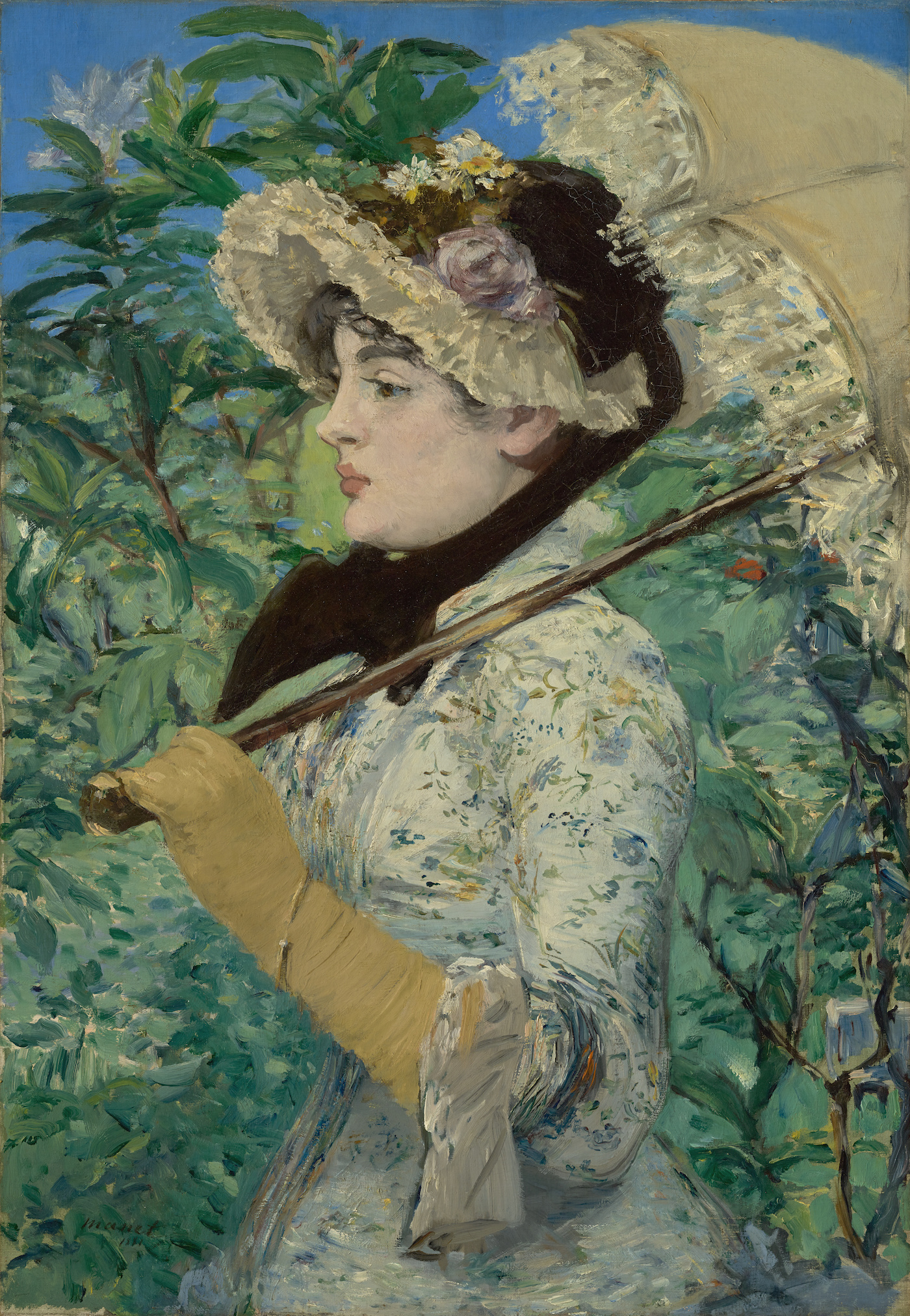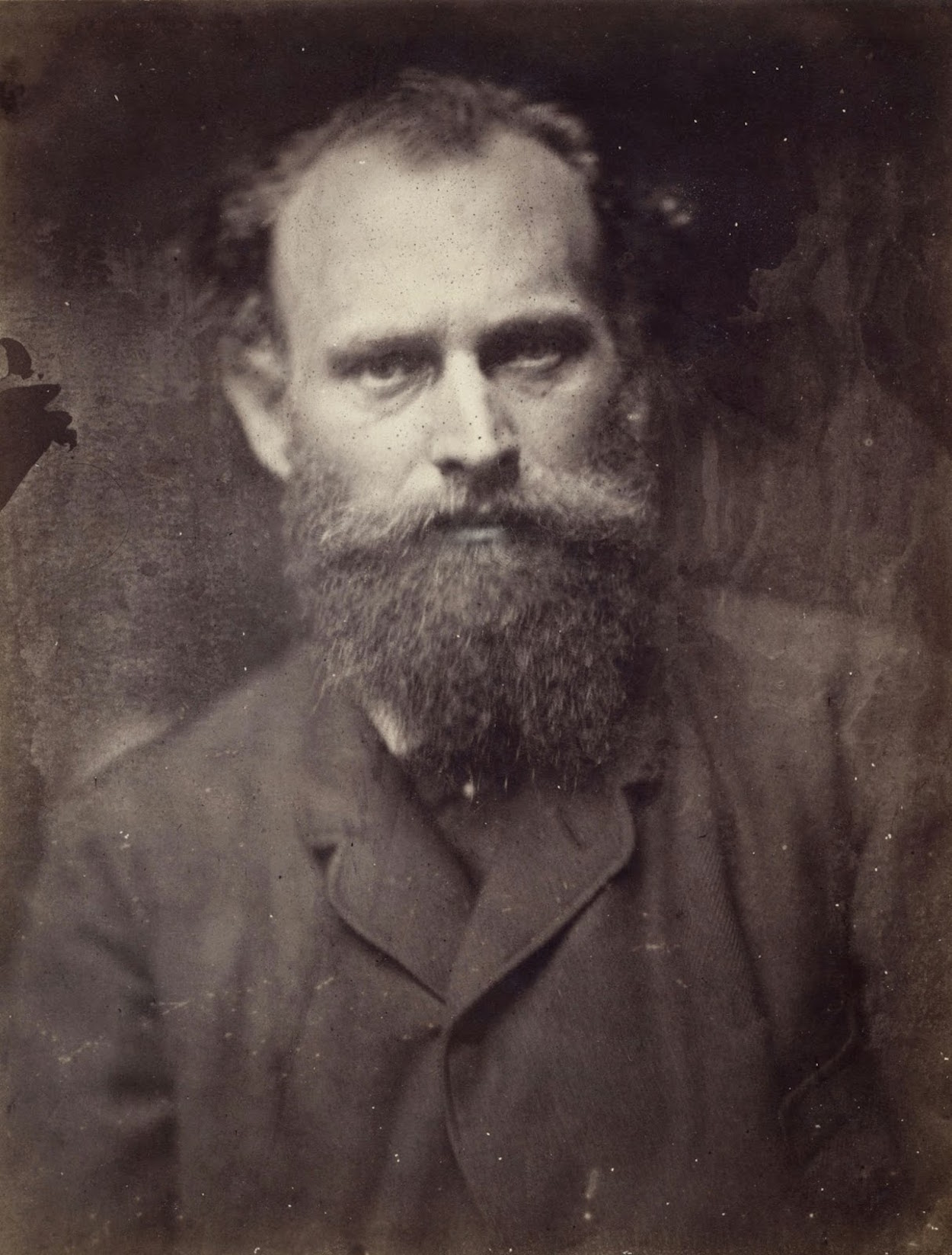Today is our last Sunday with the J. Paul Getty Museum collection. I hope you enjoyed this month's feature :) Next Sunday we will present the collection of Kunstmuseum, Bern :) Meanwhile, here is the story about today's Manet. Enjoy!
A chic young woman, in a day dress with floral accents, holds a parasol against a background of exuberant foliage. She looks straight ahead, a picture of poise and detachment even as she seems fully aware of the viewer's admiring gaze. Representing aspiring Parisian actress Jeanne Demarsy as the embodiment of Spring, this portrait debuted at the last major public exhibition of Manet's life – the Paris Salon in 1882. For more than two decades, Manet's paintings were rejected by the Salon or met with controversy; Spring was the most unalloyed success of the artist's Salon career, a career that ended tragically a year later when Manet died of causes related to syphilis.
Appealing to critics primarily on account of Jeanne's charm, Spring also showcased Manet's mastery of his medium. The painting exhibits a marvelous range of brushwork, from the thin and delicate floral touches on the dress to the smooth handling of Jeanne's face, and the broad, sketch-like strokes of the backdrop. The painting's sensual handling and bright, vibrant palette evoke the pleasures of the season it celebrates. When composing Spring, Manet had in view both the latest fashion trends as well as old artistic traditions. An avid connoisseur of feminine couture, he pieced together Jeanne's ensemble himself by scouring dressmakers' and milliners' shops. Posing his model in the studio, however, he referred to portrait conventions of the early Italian Renaissance, presenting her half-length, in profile, and against a mass of greenery. More than just an ephemeral ‘fashion-plate’, Manet's archetypal Spring was conceived as a picture for the ages, summarizing his modern epoch through the figure of a beautiful Parisienne.


 Édouard Manet
Édouard Manet